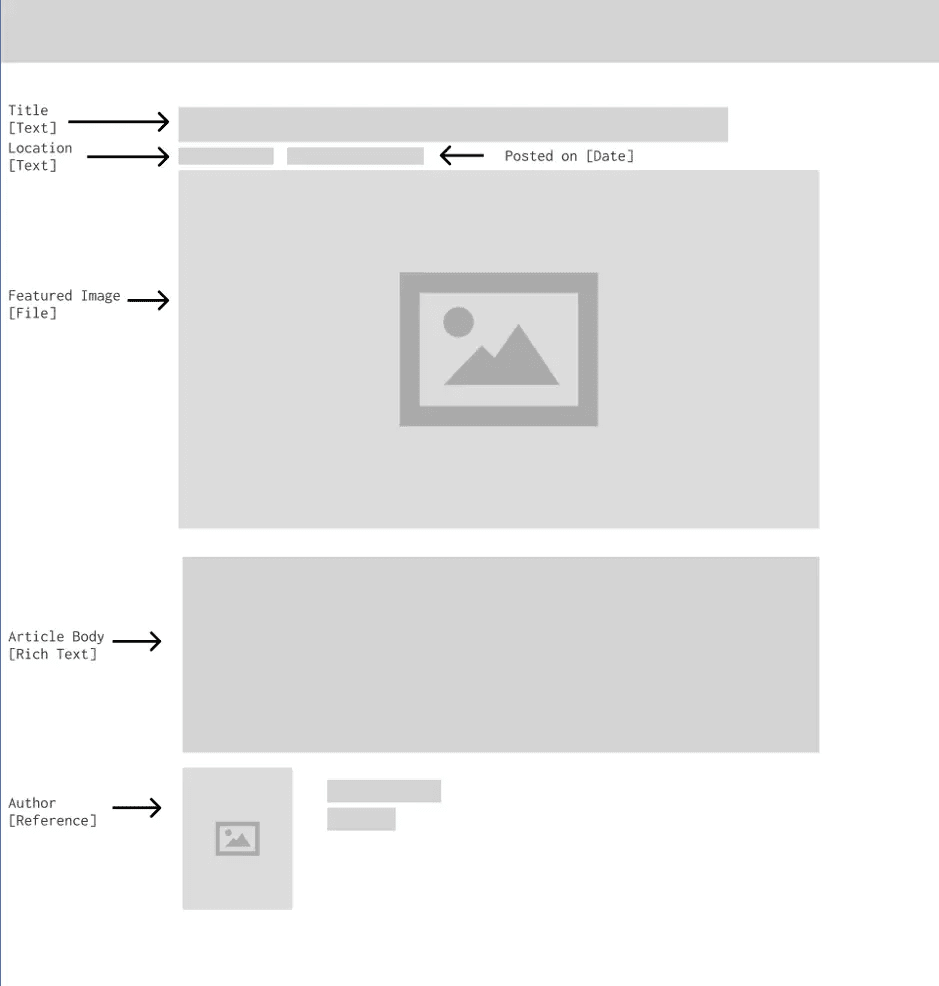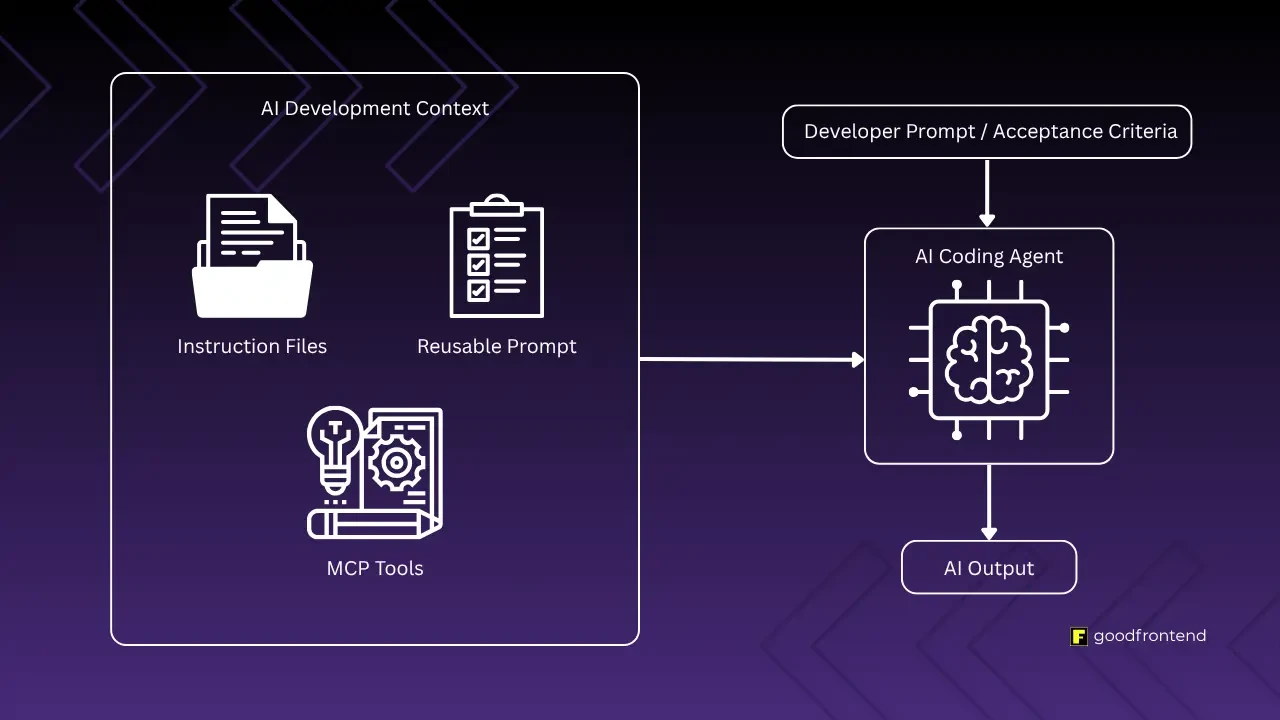
What is content modelling?
Understanding content modelling is essential to optimizing content management and improving user experience. It is a process of creating relations and structures of the data as well as organizing the content for applications. This involves breaking down complex information into smaller and understandable chunks. By organizing content types into a content modal and creating schema, this defines how data is being stored, retrieved and displayed, providing a visual of the content structure.
Key role of Content Modelling
- Structured data management: Content modelling is responsible for organising data so that it is easier to add to and use. By defining content types and fields, developers create sequential data from top to bottom to maintain the application.
- Flexibility and scalability: A good content model can adapt to changes and grow. This allows developers to add or change content types and extend functionality without major changes.
- Improved user experience: Content modelling improves content presentation and navigation by ensuring easy navigation, clear categorisation and personalised content delivery to improve user satisfaction.
- Consistency across platforms: For applications running on different platforms such as web, mobile and IoT devices, content modelling ensures consistent content presentation and user interaction across platforms.
- Search engine optimisation and accessibility: Content modelling optimizes content for search engines and makes it more accessible to users with disabilities. Structured content with semantic markup and metadata improves discoverability, readability and engagement.
Steps for Modelling Content
Before starting content modelling, it's important to consider different aspects. Here’s a simple outline of the steps for modelling content:
1. Analysing requirement
Collaborate with representatives from design, development, content and business teams to discuss content presentation and user interaction. This ensures that all perspectives are considered and that the content model is aligned with the goals of the project. communicate with it. This collaboration ensures that all perspectives are considered and that the content model is consistent with the overall goals of the project.
2. Define Objectives
The following question may be our basis for defining the objectives:
- How is the content presented?
- What's going on?
- How to display the content to the user?
- Is the information constantly changing or static?
- What should the user do after viewing the content?

3. Identifying structure
After finalising goals and design, developers decide what content types to create and the fields within each content type to optimize and reuse.

4. Developing Content Diagram
Create an initial version of the content diagram that shows the structure, organization, and relationships of the content in your application.

5. Seek Feedback
Share the initial content diagram for feedback. Refine the content diagram based on the feedback received.
Best Practices for Effective Content Modelling
- Set clear goals: Understand your app's goals, audience, and content strategy. It identifies the types of content, their relationships and the desired actions of the user.
- Collaborative Approach: Encourage collaboration between developers, designers, content creators, and fans to bring together diverse perspectives and ensure the content model meets everyone's needs.
- Refinement: Continually evaluate and improve your content model based on user feedback, analytics and trends to stay relevant and effective.
- Future Proof: Design your content template with clarity and simplicity. Use components and industry standards to ensure your applications can adapt to future content requirements.
- Documentation and Training: Document your sample content, including schema definitions, field descriptions, and usage instructions. Training and support for content creators and managers..
Conclusion
Content modelling is not just a technical process. This is a strategic approach to building apps that provide scalable and easy-to-use content experiences. By investing time in developing a solid content model, developers can build apps that adapt to changing needs and provide users with the most relevant content interactions.
About the Contributor
 Bill Zhedrick GasparView ProfileAssociate Frontend Engineer
Bill Zhedrick GasparView ProfileAssociate Frontend Engineer
Discuss this topic with an expert.
Related Topics

Level Up Shopping: How Gamification Is Transforming E-CommerceHow AI and Playful Design Are Redefining Customer Loyalty

Invisible UX: When the best interface is no interfaceTurns out less really is more.

Software Development in the Age of AIAs AI-assisted development becomes the norm, the need for standardized context management systems arises for team workflows.